You are using an out of date browser. It may not display this or other websites correctly.
You should upgrade or use an alternative browser.
You should upgrade or use an alternative browser.
Am I bieng silly?
- Thread starter Tjm2986
- Start date
I have three days off work and intend on spending those days out and about with it.I hope you'll get years of fun out of it. I'll look forward to reading your views and seeing your pictures.
Cockney
I asked Admin for a user title
- Messages
- 9,459
- Name
- Brian
- Edit My Images
- Yes
I have three days off work and intend on spending those days out and about with it.
From my understanding of Olympus it will be 2 days learning the menus.
Good shooting, I hope you really enjoy it.
Haha yes it does look a tad complicated it took me long enough to figure out how to put it into raw format lol definitely not as intuitive as a Panasonic or Canon.From my understanding of Olympus it will be 2 days learning the menus.
Good shooting, I hope you really enjoy it.
I hope you'll get years of fun out of it. I'll look forward to reading your views and seeing your pictures.
View: https://www.flickr.com/photos/188550632@N03/50370016392/in/album-72157716066649343/
View: https://www.flickr.com/photos/188550632@N03/50369853401/in/album-72157716066649343/
two test shots I took with it literally half an hour after buying it
- Messages
- 23,573
- Name
- Toby
- Edit My Images
- No
Got to love those Olympus coloursView: https://www.flickr.com/photos/188550632@N03/50370016392/in/album-72157716066649343/
View: https://www.flickr.com/photos/188550632@N03/50369853401/in/album-72157716066649343/
two test shots I took with it literally half an hour after buying it
Got to say I shot in Raw+Jpeg so I could compare. Olympus Jpegs are so detailed.Got to love those Olympus colours
- Messages
- 767
- Edit My Images
- No
I have an Olympus E-M10ii as my main kit having moved from a Pentax DSLR years ago and never looked back.
I have the 75-300mm you said you ordered. Get ready for a learning curve at handholding that at the far end but the stabilisation in the body will help.
Most of what I thought was missed focus on my earlier shots turns out to be camera shake.
As @snerkler suggested earlier I rarely carry my camera on the neck - I sling or put it over one shoulder. I suspect you'll find the weight difference is a real game changer as long as you don't buy every lens going
The Olympus menus have a bad rep. I don't find them problematic though you can need to hunt sometimes, once you've set up the camera the Super Control Panel covers most things you need very conveniently.
I'd recommend ordering the full paper manual from fleabay and working through it with the camera - I used this supplier and the quality was good.
The quick start is not very comprehensive.
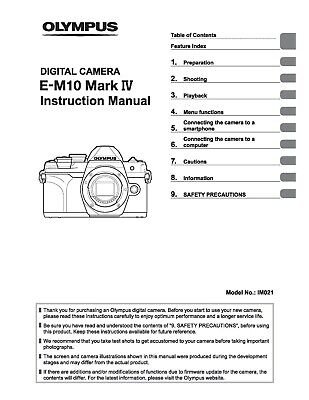
I'd recommend keeping your eye on this thread - even though there's a lot of chatter about the high end bodies and lenses, there are a lot of knowledgeable people and the cameras are similar.

 www.talkphotography.co.uk
www.talkphotography.co.uk
You might also want to register over at the e-group forum for more detailed Olympus advice and access to some bargains in their classifieds.
If you're looking at primes the Olympus 45mm f1.8 is a good lens but I barely use mine due to the focal length being too long for most of what I shoot.
I'd recommend the Olympus 17mm f1.8 or the Panasonic f1.7 25mm if you want to go for a fixed prime with some versatility.
I have the 75-300mm you said you ordered. Get ready for a learning curve at handholding that at the far end but the stabilisation in the body will help.
Most of what I thought was missed focus on my earlier shots turns out to be camera shake.
As @snerkler suggested earlier I rarely carry my camera on the neck - I sling or put it over one shoulder. I suspect you'll find the weight difference is a real game changer as long as you don't buy every lens going
The Olympus menus have a bad rep. I don't find them problematic though you can need to hunt sometimes, once you've set up the camera the Super Control Panel covers most things you need very conveniently.
I'd recommend ordering the full paper manual from fleabay and working through it with the camera - I used this supplier and the quality was good.
The quick start is not very comprehensive.

OLYMPUS E-M10 MARK 4 IV CAMERA PRINTED USER MANUAL GUIDE HANDBOOK 186 PAGES | eBay
FOR THE BENEFIT OF THE END USER. PRINTED INSTRUCTION MANUAL. PROFESSIONALLY PRINTED AND COMB BOUND.
www.ebay.co.uk
I'd recommend keeping your eye on this thread - even though there's a lot of chatter about the high end bodies and lenses, there are a lot of knowledgeable people and the cameras are similar.

Olympus OM-D E-M5, E-M1, E-M10 - Mk1, Mk2 & Mk3 Owners Thread
Very concise and pithy comments, backed up by your shots.(y) I was interested to see the last comment re the distance to the subject, something that I have often wondered about when seeing shots. I tend to tell it as it is , I was definetly sat on the fence with this one thinking why am I...
 www.talkphotography.co.uk
www.talkphotography.co.uk
You might also want to register over at the e-group forum for more detailed Olympus advice and access to some bargains in their classifieds.
If you're looking at primes the Olympus 45mm f1.8 is a good lens but I barely use mine due to the focal length being too long for most of what I shoot.
I'd recommend the Olympus 17mm f1.8 or the Panasonic f1.7 25mm if you want to go for a fixed prime with some versatility.
I have an Olympus E-M10ii as my main kit having moved from a Pentax DSLR years ago and never looked back.
I have the 75-300mm you said you ordered. Get ready for a learning curve at handholding that at the far end but the stabilisation in the body will help.
Most of what I thought was missed focus on my earlier shots turns out to be camera shake.
As @snerkler suggested earlier I rarely carry my camera on the neck - I sling or put it over one shoulder. I suspect you'll find the weight difference is a real game changer as long as you don't buy every lens going
The Olympus menus have a bad rep. I don't find them problematic though you can need to hunt sometimes, once you've set up the camera the Super Control Panel covers most things you need very conveniently.
I'd recommend ordering the full paper manual from fleabay and working through it with the camera - I used this supplier and the quality was good.
The quick start is not very comprehensive.

OLYMPUS E-M10 MARK 4 IV CAMERA PRINTED USER MANUAL GUIDE HANDBOOK 186 PAGES | eBay
FOR THE BENEFIT OF THE END USER. PRINTED INSTRUCTION MANUAL. PROFESSIONALLY PRINTED AND COMB BOUND.www.ebay.co.uk
I'd recommend keeping your eye on this thread - even though there's a lot of chatter about the high end bodies and lenses, there are a lot of knowledgeable people and the cameras are similar.

Olympus OM-D E-M5, E-M1, E-M10 - Mk1, Mk2 & Mk3 Owners Thread
Very concise and pithy comments, backed up by your shots.(y) I was interested to see the last comment re the distance to the subject, something that I have often wondered about when seeing shots. I tend to tell it as it is , I was definetly sat on the fence with this one thinking why am I...www.talkphotography.co.uk
You might also want to register over at the e-group forum for more detailed Olympus advice and access to some bargains in their classifieds.
If you're looking at primes the Olympus 45mm f1.8 is a good lens but I barely use mine due to the focal length being too long for most of what I shoot.
I'd recommend the Olympus 17mm f1.8 or the Panasonic f1.7 25mm if you want to go for a fixed prime with some versatility.
Thanks for this mate. I'll get a paper one ordered. I did expect to get a full manual in the box. Nope only initial set up which I found kind of strange considering not everyone (especially me) has used an Olympus before. I have held off buying the lens for now as I will be honest the two they supplied with the camera are more than enough for the time bieng. It came with a 14-42mm and 40-150mm. The menu has alot of options that I dont know anything about. Makes me realise how dumbed down my EOS 2000D was.
wack61
I've got an itchy hatch
- Messages
- 7,338
- Edit My Images
- No
Hi all.
Question. I find lugging all my DSLR kit and lenses around quite cumbersome and tiring. I purchased a panasonic LX100 recently and I love it to death. I am now thinking about ditching the DSLR all together and going for a compact camera with interchangeable lenses. I like the panasonic user interface so I am sticking with them. I am currently looking at a Lumix GX80KEBK. The DSLR i'll be replacing is only an entry level EOS 2000D. My thoughts are to trade in all the DSLR kit and lenses to fund some decent glass for the GX80. Thoughts please?
I did exactly what you're thinking of doing , sold all my dslr gear thenbought a fuji XT3 but within a few months I'd started buying the pro lenses, then I bought a 100-400 which was great but dwarfed the xt3 so I bought the battery grip , then I looked at what I was holding and I was back to where I started
It's not the body that's the bulk, it's the lenses, and buying cheap lenses won't give you results you'll be happy with
I'm now the owner of a 7Dii
I did exactly what you're thinking of doing , sold all my dslr gear thenbought a fuji XT3 but within a few months I'd started buying the pro lenses, then I bought a 100-400 which was great but dwarfed the xt3 so I bought the battery grip , then I looked at what I was holding and I was back to where I started
It's not the body that's the bulk, it's the lenses, and buying cheap lenses won't give you results you'll be happy with
I'm now the owner of a 7Dii
Well I'll never say never but for now I am happy with the Olympus. I may go down the DSLR route again in the future like you. To be honest only lenses I'll be getting now are a fast prime and a long telephoto. I handled the Olympus 75-300mm lens and it was light.
- Messages
- 23,573
- Name
- Toby
- Edit My Images
- No
The Olympus 12-40mm f2.8, 40-150mm f2.8 and 300mm f4 are some of the best lenses I’ve used. Sharp, great contrast, nice bokeh and extremely well built. All relatively lightweight too. In terms of primes the 45mm f1.8 is a little gem. Not the sharpest (although sharp enough) but it’s super light, small, relatively cheap and renders nicely. Probably my favourite m4/3 prime in terms of rendering is the Penny Leica 42.5mm f1.2Well I'll never say never but for now I am happy with the Olympus. I may go down the DSLR route again in the future like you. To be honest only lenses I'll be getting now are a fast prime and a long telephoto. I handled the Olympus 75-300mm lens and it was light.
- Messages
- 767
- Edit My Images
- No
I have held off buying the lens for now as I will be honest the two they supplied with the camera are more than enough for the time bieng. It came with a 14-42mm and 40-150mm. The menu has alot of options that I dont know anything about. Makes me realise how dumbed down my EOS 2000D was.
I started out with the 14-42mm II R and the 40-150mm you have in your kit.
The 40-150 punches well above it's very insubstantial weight.
Here's some of what I've done with mine.
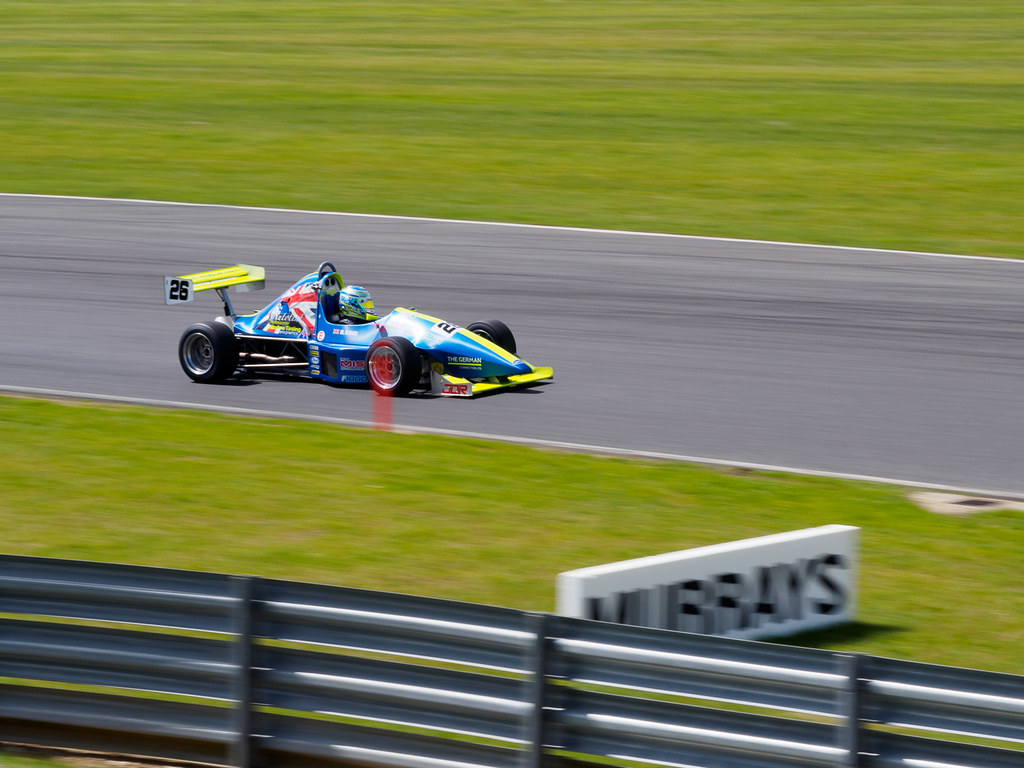
Olympus M.40-150mm F4.0-5.6 R
A cheap, light telephoto for micro 4/3rds that punches well above its weight.
I got the 75-300mm just before lockdown and haven't really had a chance to use it. Hand holding it at 300mm (600mm eq) is quite a challenge so you have to keep your shutter speed up.
I hope I'll be able to get better seal pictures this year but for now it's just been back garden wildlife and test shots.
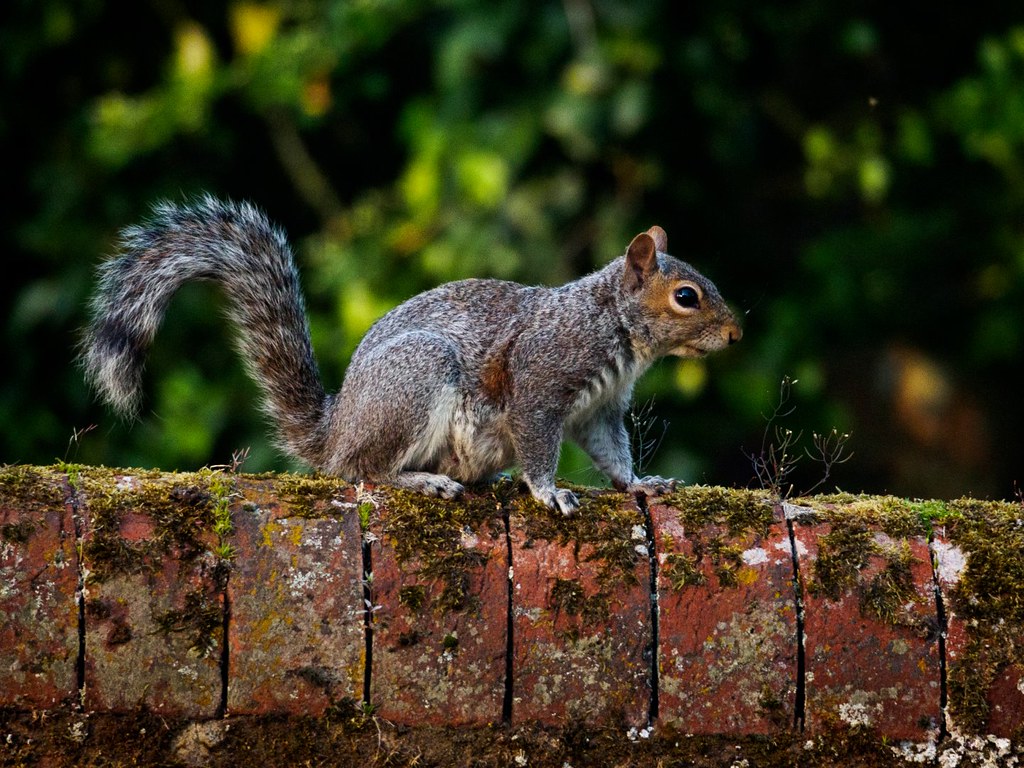
The Olympus 12-40mm f2.8, 40-150mm f2.8 and 300mm f4 are some of the best lenses I’ve used. Sharp, great contrast, nice bokeh and extremely well built. All relatively lightweight too. In terms of primes the 45mm f1.8 is a little gem. Not the sharpest (although sharp enough) but it’s super light, small, relatively cheap and renders nicely. Probably my favourite m4/3 prime in terms of rendering is the Penny Leica 42.5mm f1.2
If I had to go with one lens then it would be the 12-40 PRO. Since I got my used one last year it's become my absolute favourite.
It's a bit big for a m43 lens esp. on the M10 body but the results are so good I use it most. It's still no bigger than the kit zoom I had on my Pentax and the overall kit is still much lighter.
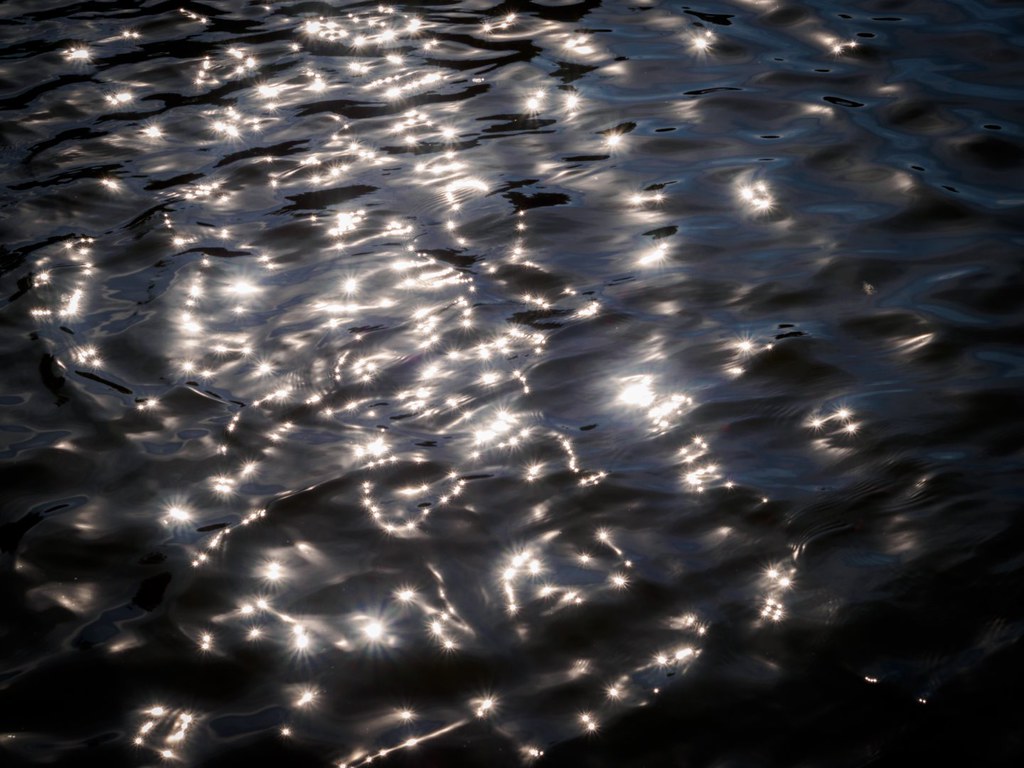
Olympus M.Zuiko Digital ED 12–40mm F2.8 PRO
M.12-40mm F2.8 PRO M.Zuiko Digital ED 12–40mm F2.8 PRO
Some absolutely fabulous shots there. Especially the race carI started out with the 14-42mm II R and the 40-150mm you have in your kit.
The 40-150 punches well above it's very insubstantial weight.
Here's some of what I've done with mine.

Olympus M.40-150mm F4.0-5.6 R
A cheap, light telephoto for micro 4/3rds that punches well above its weight.flic.kr
I got the 75-300mm just before lockdown and haven't really had a chance to use it. Hand holding it at 300mm (600mm eq) is quite a challenge so you have to keep your shutter speed up.
I hope I'll be able to get better seal pictures this year but for now it's just been back garden wildlife and test shots.

If I had to go with one lens then it would be the 12-40 PRO. Since I got my used one last year it's become my absolute favourite.
It's a bit big for a m43 lens esp. on the M10 body but the results are so good I use it most. It's still no bigger than the kit zoom I had on my Pentax and the overall kit is still much lighter.

Olympus M.Zuiko Digital ED 12–40mm F2.8 PRO
M.12-40mm F2.8 PRO M.Zuiko Digital ED 12–40mm F2.8 PROflic.kr
- Messages
- 23,573
- Name
- Toby
- Edit My Images
- No
Yeah, Andy's take some really great photosSome absolutely fabulous shots there. Especially the race car
Well I spent all day out with the camera today. Got home to upload and edit the pictures I had taken and to my horror the ISO was set to 2000! for some reason so most the shots came out grainy as holy hell!
View: https://www.flickr.com/photos/188550632@N03/50372473586
View: https://www.flickr.com/photos/188550632@N03/50372473586
- Messages
- 23,499
- Name
- Toni
- Edit My Images
- No
The touch screen can sometimes get unintended input and settings changed.
Yeah I think thats what has happened will turn it off if thats possible.The touch screen can sometimes get unintended input and settings changed.
- Messages
- 23,499
- Name
- Toni
- Edit My Images
- No
It is possible, but better to be careful with your nose!Yeah I think thats what has happened will turn it off if thats possible.

Camera Straps and Hand Grips for sale | eBay
Buy Camera Straps and Hand Grips and get the best deals at the lowest prices on eBay! Great Savings & Free Delivery / Collection on many items
www.ebay.co.uk
JOBY DSLR Wrist Strap
Never, Rarely, wear a Neck Strap. The only reason being a personal dislike.
So I use one of these instead.
There are other makes available
- Messages
- 23,573
- Name
- Toby
- Edit My Images
- No
I always turn the touch screen functions off, too easy to change focus point or settings without knowing imo.Yeah I think thats what has happened will turn it off if thats possible.
- Messages
- 767
- Edit My Images
- No
Some nice images on your Flickr there esp. the one you've posted here - the ISO issue explains a couple that are over exposed even at f22.
FWIW I've never upset the ISO with my nose. When I remember being able to track the focus point with my thumb on the screen and with my eye to the EVF can be very useful.
The trick with all the settings is to take your time - something I still need to remember - a quick sanity check on the shutter/aperture/ISO would have saved a fair few shots from being rubbish.
I'd also recommend setting the Auto ISO limit at 3200 or with the IV may be 6400? The crazy high ISO settings do have their uses but you don't want the camera climbing into those without you noticing because it's trying to keep the shutter high.
FWIW I've never upset the ISO with my nose. When I remember being able to track the focus point with my thumb on the screen and with my eye to the EVF can be very useful.
The trick with all the settings is to take your time - something I still need to remember - a quick sanity check on the shutter/aperture/ISO would have saved a fair few shots from being rubbish.
I'd also recommend setting the Auto ISO limit at 3200 or with the IV may be 6400? The crazy high ISO settings do have their uses but you don't want the camera climbing into those without you noticing because it's trying to keep the shutter high.
- Messages
- 15,484
- Name
- Rich
- Edit My Images
- Yes
I always turn the touch screen functions off, too easy to change focus point or settings without knowing imo.
Me too, otherwise the focus point always ends up in line with my nose.
I'm not sure how the ISO ended up at 2000 to be honest I might have selected it instead of 200 by accident. Even lightroom couldn't save the images for me as they went all grainy if I tried to tweak them up. At first I thought it was a problem with the camera. But ofcourse with the ISO set that high in decent light it was bound to introduce grain into the photos.Some nice images on your Flickr there esp. the one you've posted here - the ISO issue explains a couple that are over exposed even at f22.
FWIW I've never upset the ISO with my nose. When I remember being able to track the focus point with my thumb on the screen and with my eye to the EVF can be very useful.
The trick with all the settings is to take your time - something I still need to remember - a quick sanity check on the shutter/aperture/ISO would have saved a fair few shots from being rubbish.
I'd also recommend setting the Auto ISO limit at 3200 or with the IV may be 6400? The crazy high ISO settings do have their uses but you don't want the camera climbing into those without you noticing because it's trying to keep the shutter high.
Cockney
I asked Admin for a user title
- Messages
- 9,459
- Name
- Brian
- Edit My Images
- Yes
I'm not sure how the ISO ended up at 2000 to be honest I might have selected it instead of 200 by accident. Even lightroom couldn't save the images for me as they went all grainy if I tried to tweak them up. At first I thought it was a problem with the camera. But ofcourse with the ISO set that high in decent light it was bound to introduce grain into the photos.
Should ISO 2000 be unusable?
No it gave ok photos but introduced grain as the light was good. Thats my guess anyway,Should ISO 2000 be unusable?
woof woof
I like a nice Chianti
- Messages
- 39,615
- Name
- Alan
- Edit My Images
- No
I wouldn't set an upper ISO limit as sometimes it's better to have a noisy picture than no picture at all and even a noisy picture may be useable after processing. Some artificial lighting can be awful and can make even ISO 1,600 look terrible but other than that I'd always rather take the picture than not. The final use for the picture needs to be considered too and whole pictures to be viewed on screens or even printed quite large (A4?) and viewed normally may be perfectly useable.
I would look at how the ISO could be set accidentally but the main thing is that we all suffer user error at some point so don't worry about it too much. Also don't underexpose or boost the exposure too much post capture.
PS.
When ISO is mentioned I sometimes trot out this example which is at ISO 16,000. The light was quite poor in amongst the trees and I needed a fast shutter speed to freeze movement so ISO 16k it was. It was never going to be a 3m wide gallery quality picture but it looks ok on my screen and would make a nice print too.
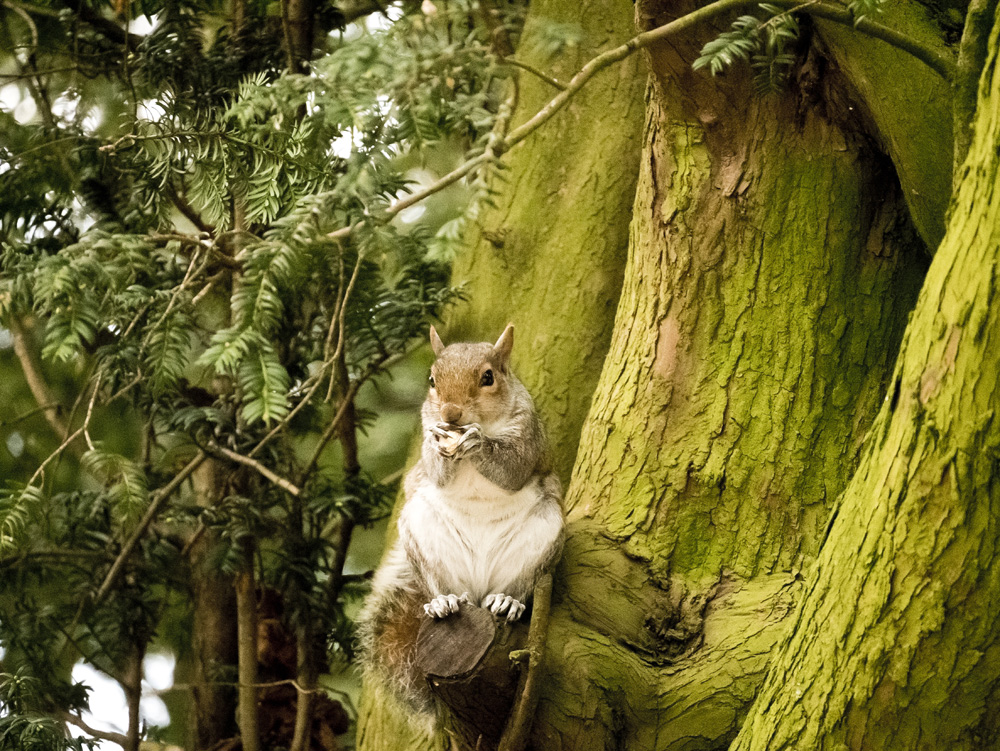
I would look at how the ISO could be set accidentally but the main thing is that we all suffer user error at some point so don't worry about it too much. Also don't underexpose or boost the exposure too much post capture.
PS.
When ISO is mentioned I sometimes trot out this example which is at ISO 16,000. The light was quite poor in amongst the trees and I needed a fast shutter speed to freeze movement so ISO 16k it was. It was never going to be a 3m wide gallery quality picture but it looks ok on my screen and would make a nice print too.

Last edited:
- Messages
- 23,573
- Name
- Toby
- Edit My Images
- No
Increasing the ISO will introduce grain, but with good light grain shouldn't be 'that bad'. I was 'happy' to use my EM1-II at 6400 in bad light (with some NR in Lightroom) so I'm surprised ISO 2000 in good light has produced so much of an issue. I've noticed that you've shot at f16 and f22 as well (I assume due to ISO being so high) and this will degrade m4/3 images massively due to diffraction. I would recommend not going above f8. I tended to stick to f5.6 (using an f2.8 lens so 2 stops down for sharpness), this gives the effective DOF of f11 on FF.No it gave ok photos but introduced grain as the light was good. Thats my guess anyway,
Also, if you add too much sharpening and/or crop heavily this will accentuate the noise/grain.
- Messages
- 23,573
- Name
- Toby
- Edit My Images
- No
I don't think it's an issue tbh, other shots he took such as this at ISO 2000 show very little noise. I'd just put it down to user error and inexperience with the systemI think I would do some test shots at varying ISOs and conditions, just to make sure there's not an issue.
View: https://www.flickr.com/photos/188550632@N03/50372648887/in/photostream/
- Messages
- 15,360
- Name
- Jeff
- Edit My Images
- No
You should I think be able to turn off the rear screen and use EVF only ,little button beside the dome .. unless the design has changed , for your noisy high i.S.o shots download a months free trial of topaz de.noise Ai it’s a game changer .
As for the menu system there’s nothing complicated about it once you learn the terminology
As for the menu system there’s nothing complicated about it once you learn the terminology
I have done I set the ISO to auto with an upper limit of 6400 should the camera need it. It explains why my shutter was maxing out at 4000 and flashing at wide open aperture. It was because it was set to ISO 2000 and the camera was warning me of impending massive overexposure. It explains why the pictures look so grainy.I think I would do some test shots at varying ISOs and conditions, just to make sure there's not an issue.
Yeah I had to close the aperture to bring the shutter speed down as it was maxing at 4000 and flashing in camera. I didnt realise the ISO was set to 2000.Increasing the ISO will introduce grain, but with good light grain shouldn't be 'that bad'. I was 'happy' to use my EM1-II at 6400 in bad light (with some NR in Lightroom) so I'm surprised ISO 2000 in good light has produced so much of an issue. I've noticed that you've shot at f16 and f22 as well (I assume due to ISO being so high) and this will degrade m4/3 images massively due to diffraction. I would recommend not going above f8. I tended to stick to f5.6 (using an f2.8 lens so 2 stops down for sharpness), this gives the effective DOF of f11 on FF.
Also, if you add too much sharpening and/or crop heavily this will accentuate the noise/grain.
View: https://www.flickr.com/photos/188550632@N03/50372482076/in/photostream/
Case in point this photo was taken on the same day. I hadn't at this point somehow set the ISO to 2000 so theres hardly any grain even if you zoom the photo in.
Case in point this photo was taken on the same day. I hadn't at this point somehow set the ISO to 2000 so theres hardly any grain even if you zoom the photo in.
- Messages
- 767
- Edit My Images
- No
FWIW I recommend setting an upper ISO limit - you can override it when you need to but I have found my E-M10ii sometimes pushing up the ISO to maintain the shutter speed in P and A when I'm happy to use a slower shutter as the scene is static and I'm well braced.
6400 and above have their uses but I wouldn't let the camera make that choice without my intervention.
I think in some circumstances under A/P modes the camera is trying to keep to the 25mm = max of 1/25th rule of thumb when it's not always needed.
Robin Wong reckons he can hand hold the E-M10iv for a second at 12mm and 2 seconds with a 50% hit rate.
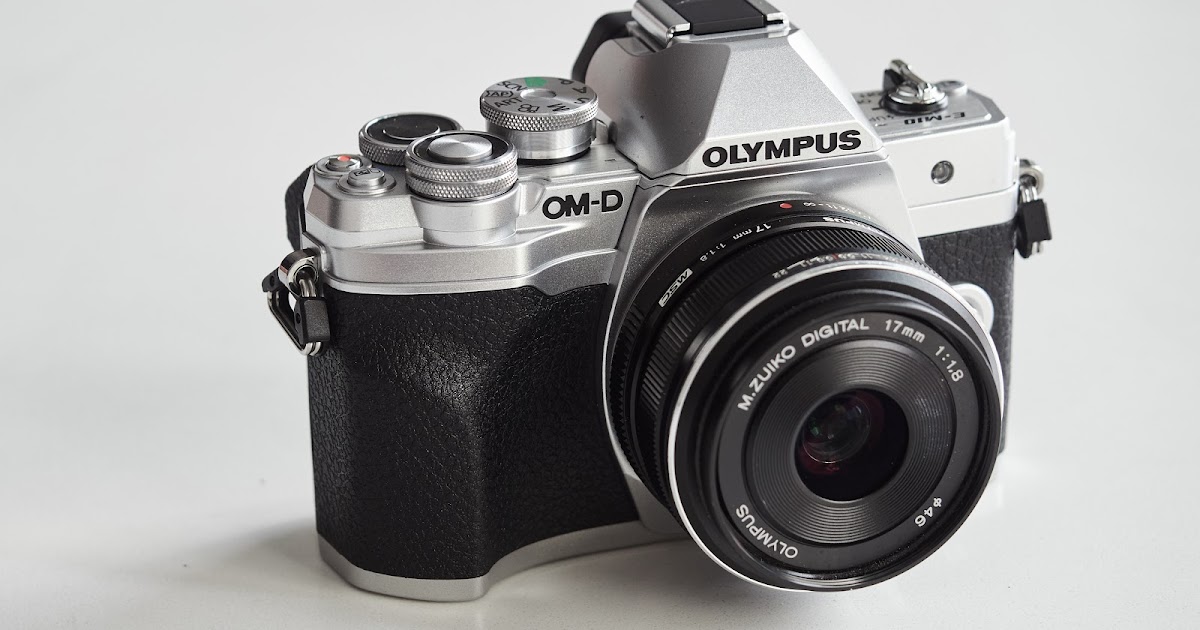
 robinwong.blogspot.com
robinwong.blogspot.com
Regarding the super high shutter speed issue. I used my E-PL5 in very sunny California and there were certain circumstances where I got very weird exposure because the camera couldn't offer me a fast enough shutter/aperture combination for the scene. It was one of the reasons I moved to the E-M10 then E-M10ii IIRC.
6400 and above have their uses but I wouldn't let the camera make that choice without my intervention.
I think in some circumstances under A/P modes the camera is trying to keep to the 25mm = max of 1/25th rule of thumb when it's not always needed.
Robin Wong reckons he can hand hold the E-M10iv for a second at 12mm and 2 seconds with a 50% hit rate.

Olympus OM-D E-M10 Mark IV Review
Olympus, Micro Four Thirds, camera review, OM-D, photography, Malaysia photographer, photography tips, shutter therapy, street photography
Regarding the super high shutter speed issue. I used my E-PL5 in very sunny California and there were certain circumstances where I got very weird exposure because the camera couldn't offer me a fast enough shutter/aperture combination for the scene. It was one of the reasons I moved to the E-M10 then E-M10ii IIRC.
woof woof
I like a nice Chianti
- Messages
- 39,615
- Name
- Alan
- Edit My Images
- No
It is IMO madness to set an upper ISO limit. Only IMO of course. Yes you can of override the camera when a max ISO is set but that takes time or you can just not take the picture. I find the method that suits me is to use aperture priority with auto ISO (and the max ISO being the limit) until the shutter speed falls too low and then switch to manual mode setting the aperture and shutter speed and again with auto ISO and the max setting being the max the camera allows.
Ref. Wierd exposures. If you hit the max of 1/4,000 parts of the image may blow. The fix is to stop the aperture down thus bringing the shutter speed down or if you want to shoot at a wide aperture used an ND filter to bring the shutter speed down. I find fitting and removing ND's a PITA so I much prefer cameras with a max shutter speed of 1/8,000 or above. This is an issue as MFT is IMO best at f1.x to f5 or so to keep the image quality up before running into diffraction but one downside is that a max shutter speed of 1/4,000 can cause issues when shooting at wide apertures in good light.
Ref. Wierd exposures. If you hit the max of 1/4,000 parts of the image may blow. The fix is to stop the aperture down thus bringing the shutter speed down or if you want to shoot at a wide aperture used an ND filter to bring the shutter speed down. I find fitting and removing ND's a PITA so I much prefer cameras with a max shutter speed of 1/8,000 or above. This is an issue as MFT is IMO best at f1.x to f5 or so to keep the image quality up before running into diffraction but one downside is that a max shutter speed of 1/4,000 can cause issues when shooting at wide apertures in good light.
hashcake
Gone to pot!
- Messages
- 5,893
- Name
- Darran, Daz or ****
- Edit My Images
- Yes
The Olympus menus have a bad rep. I don't find them problematic though you can need to hunt sometimes, once you've set up the camera the Super Control Panel covers most things you need very conveniently.
You are not wrong there!
I bought a book at the weekend to make sense of some of the features.
I thought I'd buggered mine up after updating the firmware to v1.4 when it would go straight into sleep mode as soon as it was turned.
Googling around and I couldn't fine anything relating to the E=M10 mkii but I did for the M5 and luckily I found the solution.
Olympus had decided to add a 'quick sleep' function as well as the regular 'sleep' function.
Totally pointless adding the quick sleep imho.
- Messages
- 23,573
- Name
- Toby
- Edit My Images
- No
I did like the fact that my EM1-II went up to 1/32000 shutter which allowed me to use f1.8 lenses in bright bright sunshineIt is IMO madness to set an upper ISO limit. Only IMO of course. Yes you can of override the camera when a max ISO is set but that takes time or you can just not take the picture. I find the method that suits me is to use aperture priority with auto ISO (and the max ISO being the limit) until the shutter speed falls too low and then switch to manual mode setting the aperture and shutter speed and again with auto ISO and the max setting being the max the camera allows.
Ref. Wierd exposures. If you hit the max of 1/4,000 parts of the image may blow. The fix is to stop the aperture down thus bringing the shutter speed down or if you want to shoot at a wide aperture used an ND filter to bring the shutter speed down. I find fitting and removing ND's a PITA so I much prefer cameras with a max shutter speed of 1/8,000 or above. This is an issue as MFT is IMO best at f1.x to f5 or so to keep the image quality up before running into diffraction but one downside is that a max shutter speed of 1/4,000 can cause issues when shooting at wide apertures in good light.

